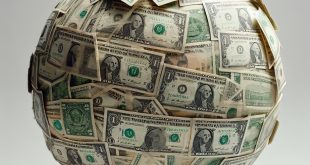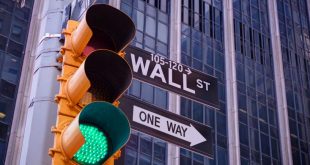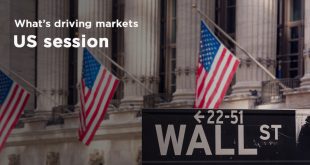A potential shake-up in Federal Reserve leadership under President Donald Trump has sparked a surge in financial markets, raising questions about the future of U.S. monetary policy. Speculation about replacing Federal Reserve Chair Jerome Powell, whose term extends to May 2026, has fueled optimism for a more dovish approach, with investors anticipating earlier interest rate cuts. This shift, combined with robust economic data, has driven U.S. and global markets upward, yet underlying tensions and risks threaten volatility. Three critical areas demand attention: the market’s immediate response, the threat to central bank autonomy, and the challenges awaiting Powell’s potential successor.
Markets Rally on Policy Shift Hopes
Anticipation of a new Fed chair has ignited investor enthusiasm. On June 26, 2025, the S&P 500 rose 0.4%, nearing record highs, while the Nasdaq climbed 0.5% and the Dow gained over 200 points. Strong economic indicators bolstered this rally: weekly unemployment claims fell to 235,000, below the expected 245,000, and first-quarter GDP growth was revised to 3.8% from 3.7%. Unlike previous tech-driven surges, this rally spans sectors, with industrials also gaining ground. Meanwhile, fed funds futures now project 125 basis points of rate cuts by December 2026, exceeding the Fed’s forecast of three quarter-point reductions. However, Trump’s proposed tariffs could stoke inflation, currently above the Fed’s 2% target at over 3%, potentially unsettling this optimism.
Global Markets Catch the Wave
The rally extends beyond U.S. borders. Asia’s markets, recovering from April’s tariff-related volatility, saw MSCI’s Asia equities index soar 25% to a four-year high. A weaker U.S. dollar, down 10.48% on the DXY index in 2025, including a 0.55% drop on June 26, has fueled global investor confidence. Asian bond sales reached a yearly high of $197 billion, reflecting expectations of global rate cuts. This interconnected optimism underscores the global stakes of U.S. monetary policy shifts, but trade tensions or inflationary spikes could disrupt this momentum.
Fed Independence Under Pressure
Trump’s public criticism of Powell and reports of an imminent announcement for a successor—possibly as early as September 2025—raise concerns about the Federal Reserve’s autonomy. Names like Treasury Secretary Scott Bessent, National Economic Council Director Kevin Hassett, former Fed Governor Kevin Warsh, and Fed Governor Christopher Waller have surfaced as potential candidates. A “shadow chair” influencing policy before Powell’s exit could undermine the Fed’s data-driven approach, as emphasized by Chicago Fed President Austan Goolsbee, who highlights the Federal Open Market Committee’s consensus-based decisions. Historically, political interference, as seen in the Nixon era, led to inflation and instability, a risk that could erode global confidence in U.S. monetary policy.
Challenges for the Next Fed Chair
The incoming Fed chair will face a complex landscape. Powell’s resistance to premature rate cuts reflects persistent inflation concerns, potentially worsened by Trump’s tariff plans. Aligning the FOMC’s 12 voting members, who prioritize data over political directives, will test the new chair’s leadership. The bond market, already rattled by $11 billion in second-quarter outflows from long-dated Treasuries due to fears of rising federal debt, adds further pressure. The next chair must balance these dynamics while maintaining credibility and steering clear of politicization.
Markets may continue their climb if economic strength persists and a dovish Fed materializes, but vigilance is warranted. Investors should diversify portfolios and monitor Trump’s next moves on Fed leadership. The incoming chair is poised to prioritize transparent, evidence-based decisions to preserve the Fed’s independence and guide the economy through uncertainty, ensuring stability in an era of political and economic flux.

 Noor Trends News, Technical Analysis, Educational Tools and Recommendations
Noor Trends News, Technical Analysis, Educational Tools and Recommendations




